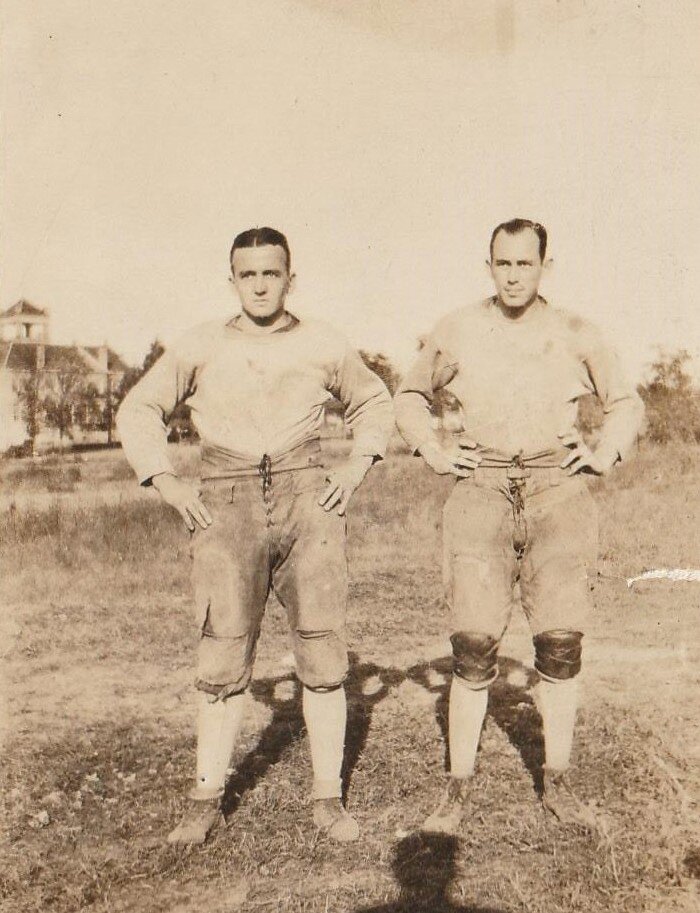I have to admit today’s athletes are bigger, faster, stronger
It’s always refreshing when students want to spend their summer months working as interns, especially in the newspaper business.
Our newest addition to the Clay Today staff – albeit until he returns to Ridgeview High on Aug. 10 – is Kayden Zamor. But in his case, these next few months will be very demanding.
In addition to spending a few hours tracking down and writing stories, the senior-to-be also will be going through rehabilitation following surgery to repair a torn anterior cruciate ligament in his right knee. You can learn more about his spring football injury in his article on page 5.
Kayden gingerly walked into the office for the first time on Monday. He was wearing a bulky brace. But unlike when I played football, this one had adjustable straps and cam gear to provide greater stability.
I can only imagine how my grandfather felt when he played football at Bolling Springs (North Carolina) College in the late 1920s. He wore a leather helmet. I had one with a heavy strap and no padding. Now they have a miniature Select Comfort mattress protecting their skulls. Things change. In this case, for the good. My grandfather, Ceasar C. Coble, was a good player, but I was bigger, faster and stronger. Players now are far superior to my generation. Call it evolution.
As a senior, I was 5-foot-10, 235 pounds, and easily was our team’s biggest player. That might explain why we only won three games in my last two years.
The Miami Dolphins were the class of the NFL in the mid-1970s. In 1972 they became the first – and only – team to finish undefeated. The team’s offensive line was loaded with guards Larry Little and Bob Kuechenberg, center Jim Langer and tackle Norm Evans. All four are in the Pro Football Hall of Fame.
Little still is regarded as one of the greatest pulling guards to lead a sweep in football history. He was 6-1 and tipped the scales at 265 pounds. There have been bigger, faster, stronger quarterbacks to play since.
The new era of athletes is different. That’s why I’ve always resisted comparing generations. They used to play the balata golf balls, wooden clubs and steal shafts in golf. Now they play with synthetic components found on the International Space Station.
They also understand diet and fitness far better than my generation, just like I was better informed about being in shape than my grandfather. Power bars, tire-flipping and cardio exercises have replaced ankle weights, blocking sleds and pizza.
High school football left me with a left knee replacement and needing to schedule shoulder and hip replacements. My hip often buckles without a clue, which can sometimes be embarrassing in public. My right shoulder cracks and snaps every time I move my arm.
But given the opportunity to do it all over again, I would. I still consider it one of the greatest times of my life.
When I was in high school, a torn cartilage meant major surgery with a long, ugly scar. Now it’s an in-and-out procedure with three tiny cuts. It’s changed so much. They don’t even call it cartilage anymore. Now it’s called meniscus.
When I played, a torn ACL was career-ending. His surgery will be next week, and he hopes to be on the field with the Panthers.
The newest brand of athletes, along with modern medicine, makes everything more possible.
When Kayden goes on the field, I will be there to watch. I’ll be the easy one to find – the person limping along the sideline.








